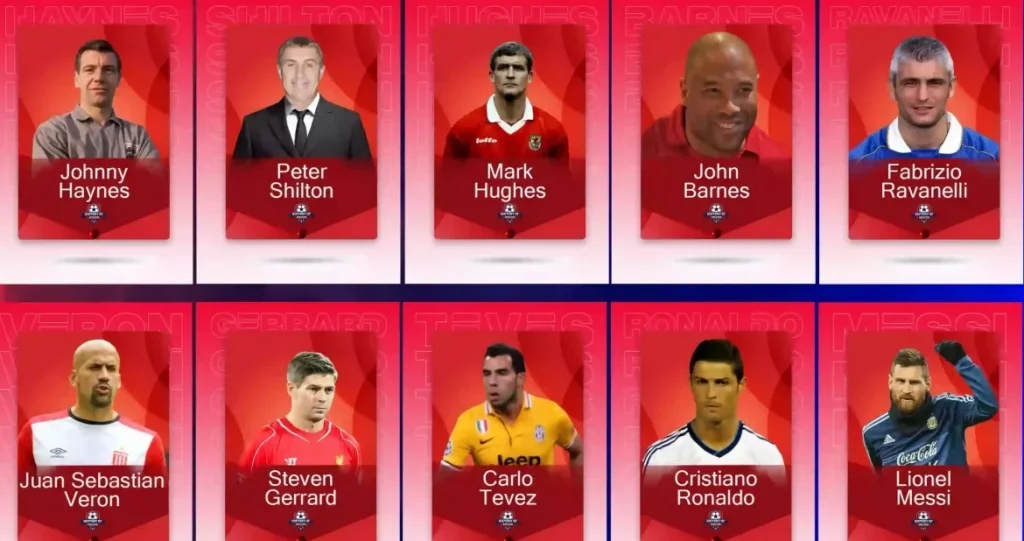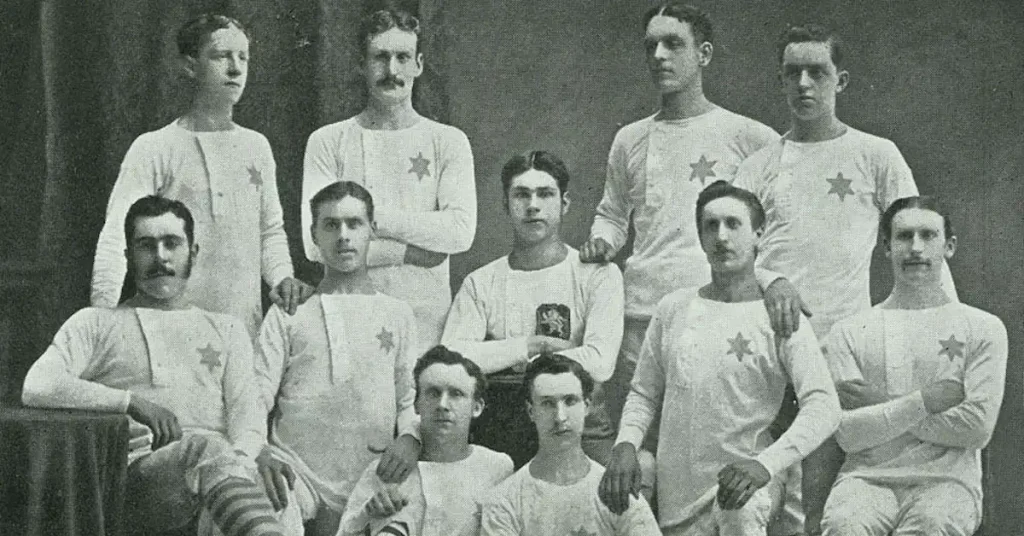Modern football is host to a much larger set of roles than there were 60 years ago. As new formations and tactical stylings evolved, new positions rose to popularity, while others, like the sweeper, faded into obscurity.
But by far the most famous and exciting innovation is the role of the CAM. While it’s commonplace in football today, some still find the role confusing, with various roles and positions skirting close to the remit of the CAM.
Read on to learn all about this much-loved position, or if you want to learn about the history of the position you can check out our article on the origins and evolution of the CAM.
What Does Mean CAM And What Do They Do?
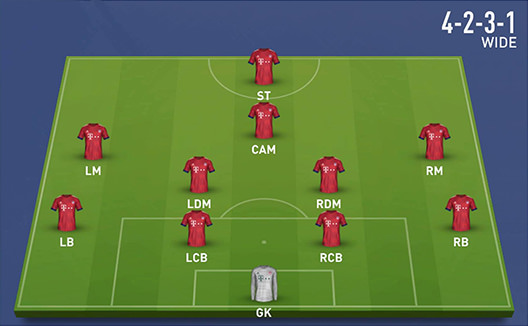
Though the role is a creative one, they are an attacker themselves, usually with very little defensive responsibility.
A good attacking midfielder is the conduit for most of a team’s moves in the final third of the pitch, hence why they are often fan favourites at their respective clubs.
They tend to have more positional freedom than other roles, usually encouraged to roam from the centre out wide, or even dropping further back to get the ball.
The free-roaming nature of the position, makes it harder for defenders to mark and predict the player’s movement, while additionally offering an extra option in offensive areas when the ball is out wide, or by dropping deeper when a team is struggling to break through a side’s press.
Most commonly you will see CAMs operate in a 4-2-3-1. An offensive midfield 3, anchored by two more defensive central midfielders, gives the attacking midfielder license to stay forward.
The CAM particularly excels in this formation, as there are two attacking wingers to link with, making the more free-roaming position a nightmare for defences to deal with.
The CAM will bounce around, linking with wingers and the striker, looking for opportunities to either slip one of them in behind the defence with an incisive through ball or to drive at the defence.
In the case of the latter, they look for a shooting opportunity as the other attackers keep defenders occupied and away from the CAM, or try to play a one-two to get by the two centre-backs.
This is the essence of why CAMs are so beloved. They are the dangerman orchestrating a side’s attacks, coming up with plenty of goals and assists while exciting the crowd even in moments that don’t result in a goal.
Naturally, to play such a role well, you need a range of key attributes…
What Makes A Good CAM?
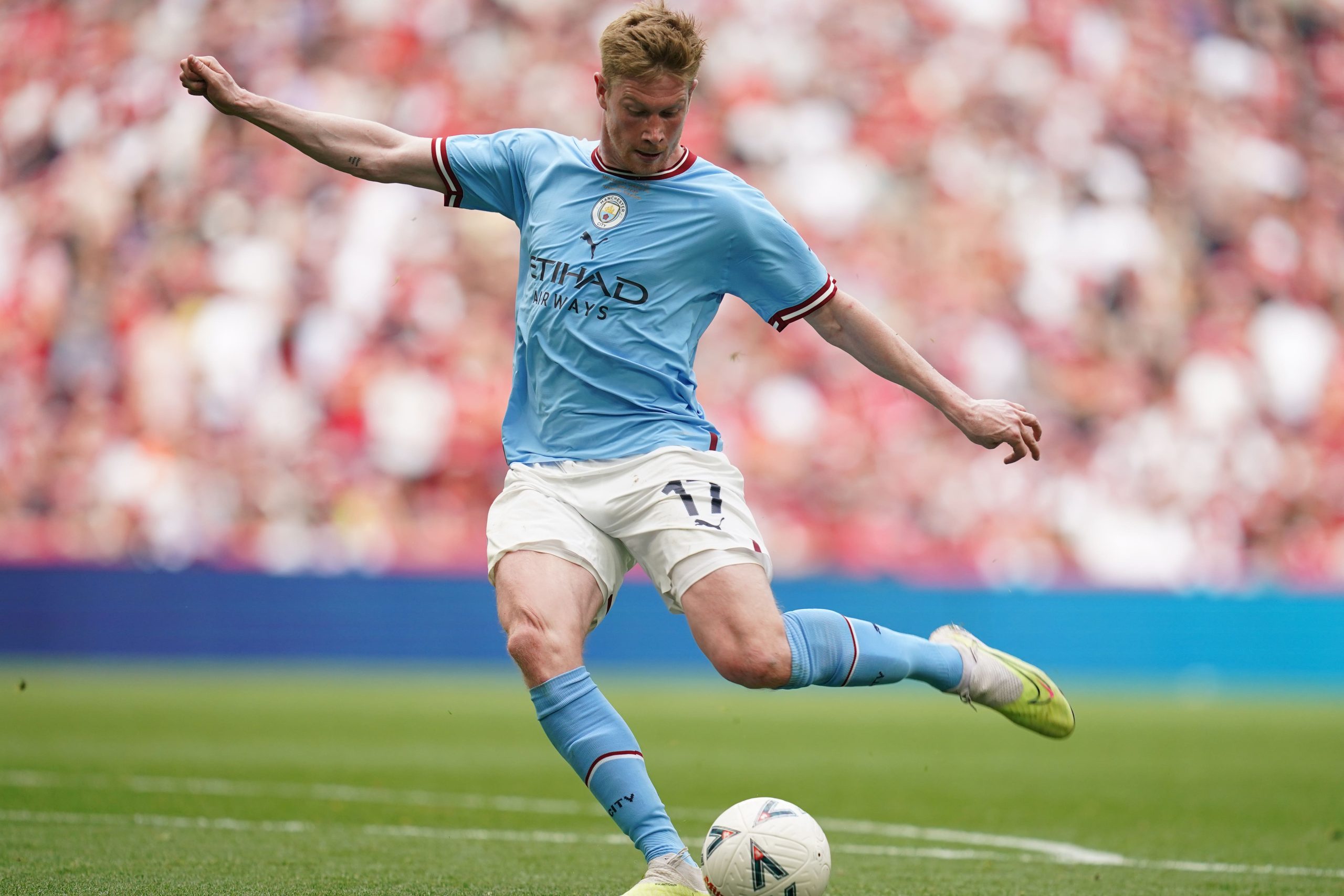
CAMs spend much of the game being closed down the second they touch the ball, and are often marked at all times by defenders. This means an ability to create space for themselves is a must, as they will have barely a second before a defender is upon them.
Exceptional dribbling skills, are a necessity in the modern pressing game, being able to beat the player closing you down or quickly gain control of the ball and pass it to someone else is perhaps the most important part of the CAM toolkit.
Without good ball control and dribbling, a CAM is never going to succeed.
Secondly, passing is integral, but it’s no good just possessing a great range of passing. In a further back midfield role, that might be enough, but you aren’t afforded the time that other positions get.
Dwindle on the ball while you look for a pass, and you’ll be easily dispossessed before you can draw your foot back.
Your mind needs to work fast to make attacking connections to understand where your teammates want the ball, where the defenders are, and where to play the ball to avoid those defenders and find a teammate’s path.
This all needs to come in a split second. This split-second understanding is known as ‘vision’ or the ability to read the play, and a CAM needs it by the boatload.
You can be as perfect a passer as De Bruyne technique and accuracy-wise, but if you can’t process these situations fast enough, or aren’t sure of the right pass to make, your passing ability will be useless in the role. In fact, having a great passing range is much more important for a deeper sitting midfielder.
What’s more important is composure. See, with the CAM having to think among the quickest on the pitch, being calm and relaxed while doing so is integral to making it work. Again, if you have everything discussed so far, but no composure, you won’t be able to utilise any of it.
For a truly composed CAM, a second on the ball will be plenty to decide what they are going to do to stop the defender from winning the ball off them and execute that plan. Anticipation of where the defender is, and how long they have on the ball is part and parcel of being composed when on the ball.
In addition to this, general creativity and inventiveness can be key to unlocking defences. You’ll never see a boring predictable CAM do well.
Finally, general technique when striking/passing the ball. You don’t need to possess a powerful strike or perfect passing range, but being accurate with short to mid-range passing, and being able to beat a goalkeeper from the edge of the box is necessary to thrive.
It depends on the system being played, but CAMs typically work best in possession-based football, so quick short passing around the edge of the box will be integral to the attacking game plan.
As long as you can think quick on your feet, beat a defender and play a quick one-two accurately, then you’ve got all the basics of a great CAM down.
When it comes to scoring, composure again, is more important than raw shooting ability. As long as you can threaten a keeper from around the box and finish chances inside the box, you’ll do well.
Examples Of Great CAMs
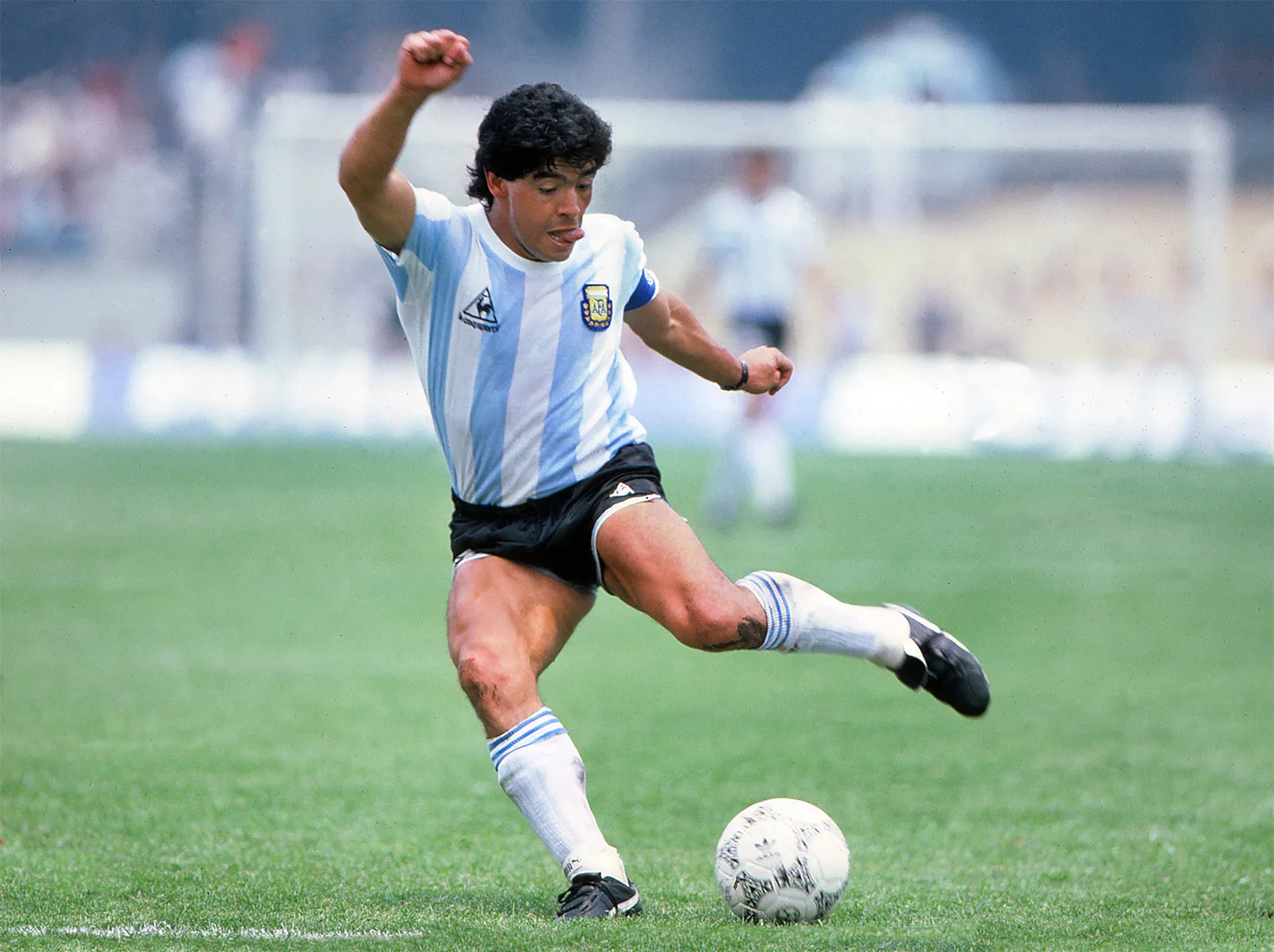
Kevin De Bruyne
Starting with a current example is currently one of the world’s best CAMs. While he has the mental and technical skills that are so important, he operates slightly deeper than most CAMs in order to utilise his exceptional range of passing.
By sitting a little further back than other CAMs he buys himself more time to pick out pin-point passes from range.
He is not the quickest of players, so this also helps this issue, the attackers around him like Julian Alvarez, Jeremy Doku and Erling Haaland provide the pace, while he serves as the connector.
Diego Maradona
The Archetypal CAM, Diego Maradona had everything a CAM needs, and more. Incredible first touch, inhuman dribbling skills, a near-instant processing of his surroundings, bags of composure and a great technique when passing and striking the ball.
Diego Maradona was born to play CAM and is the greatest to ever do it.
Zico
Another with quick feet and wits, Zico is considered Brazillian giants Flamengo’s best-ever player and is among the top 5 CAMs in history. What separated him from other CAMs was his fierce shot. A dead-ball specialist, Zico was a player you could call upon in any big moment.
You wanted him on the ball as often as possible. More than just a fan favourite, he was idolised by fans through the 70s and 80s, he scored 48 goals in 71 competitive appearances for Brazil alone giving him an incredible goal-scoring rate that eclipses many great strikers.
Zinedine Zidane
Often considered the most complete player of all time, Zidane had everything. Skill, power, speed, aggression, technique and a galaxy-sized footballing brain. He even had great defensive ability, which sometimes led to him playing further back as a centre-midfielder.
But make no mistake he was just as much a CAM and is so good even Zlatan Ibrahimovic bows down to his ability. World Cup winner and Champions League winner, there was simply no weakness in his game. Even excelling physically, when many CAMs lack a physical presence.


